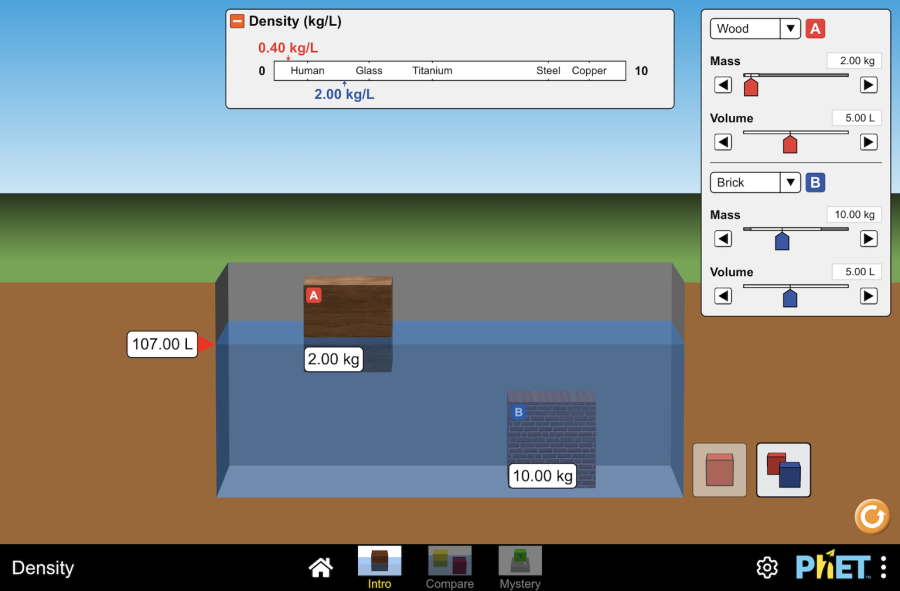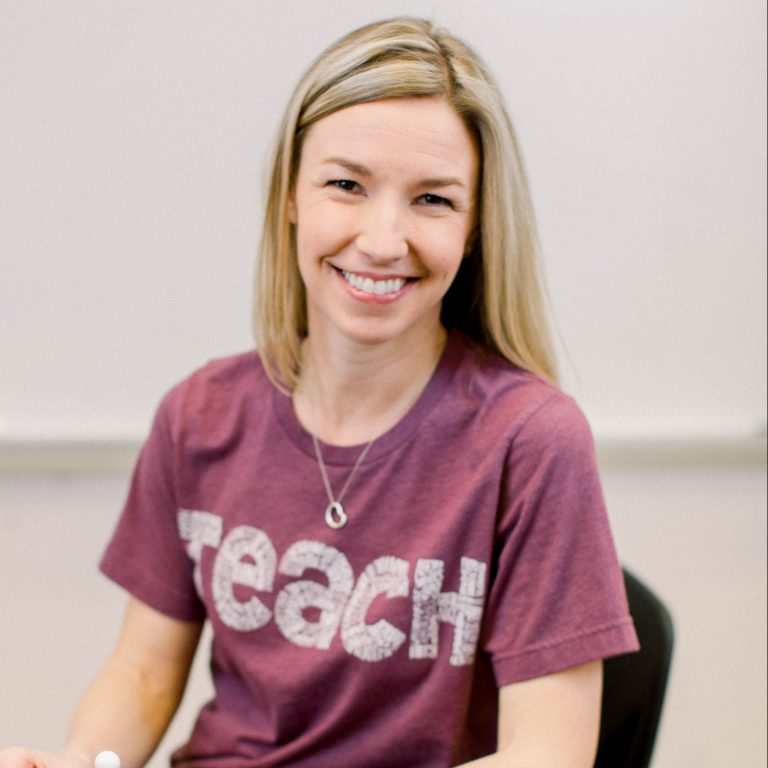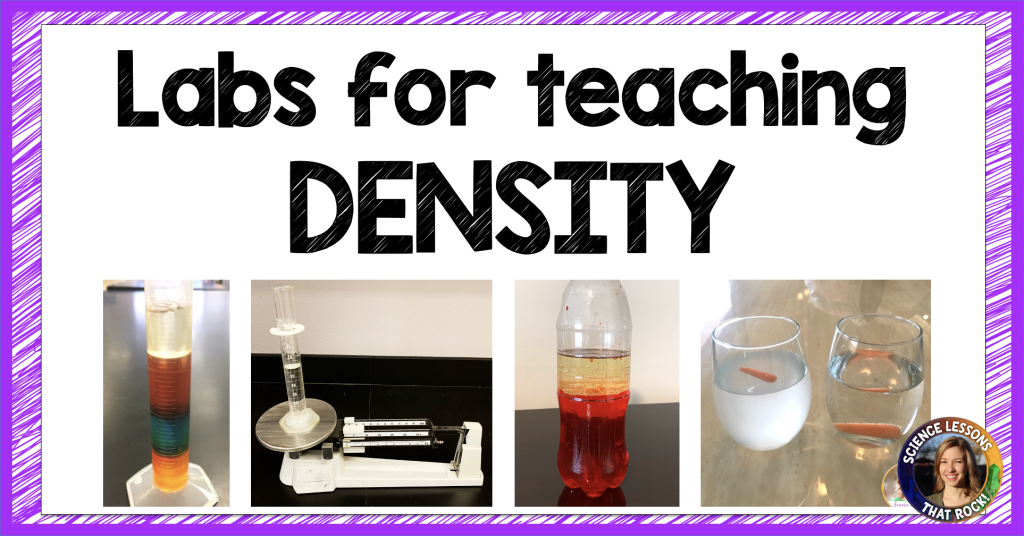
Why density is so important
Density is a fun topic to teach because it is so hands-on. There are a ton of experiments you can do to help students understand the concept. It’s an important concept for students to understand across all the branches of science: Black holes. Layers of the earth and plate tectonics. Oil spills. Ocean currents. It all comes back to density!
Labs to do BEFORE teaching density
The goal in the beginning is to show students some phenomena relating to density, and have them figure out what is going on. Here are some great options you can begin with:
Dancing spaghetti: Get a beaker of sprite and add some pasta (or raisins work great too!) As the carbonation sticks to the pasta, it makes the pieces less dense and they float. When the bubbles pop, they sink again!
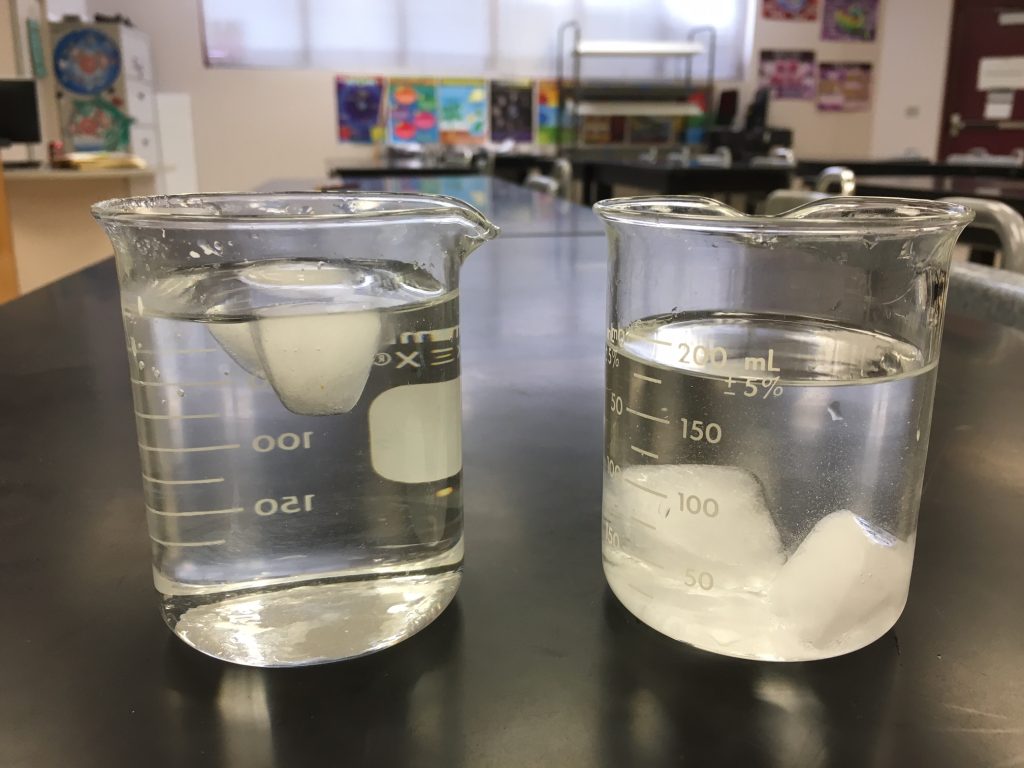
For this easy demo, all you need is a beaker of water, a beaker of rubbing alcohol, and some ice cubes. Start by placing the beaker of alcohol up front, and dropping in the cubes. Yell, “WHAT HAPPENED TO THE SCHOOL WATER?!” and get students drawn in. Why do the ice cubes sink? Have students brainstorm before pulling out the beaker of freshwater.
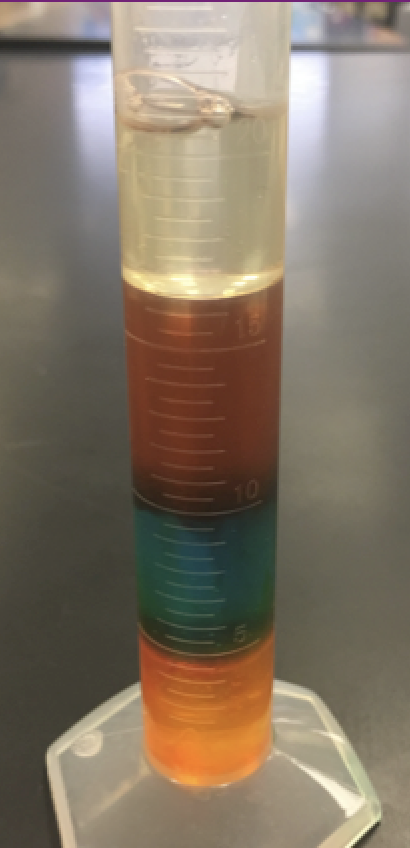
Density towers are super fun to make, but can be a pain to clean up after (sticky karo syrup at the bottom does not always play nice). For that reason I prefer building a density column as a demo instead of a class lab. But, you do what works for you! Tip: If you want students to build their own, using small test tubes uses less material than large graduated cylinders.
Sinking Soda: If you are a soda drinker like me, you probably have some soda cans laying around. Place a can of regular soda and diet soda in a large tank of water. Why does the regular soda sink, while the diet floats? You could also collect some other tricky objects and have students predict if they will sink or float before adding them to the tank.
Labs to do AFTER teaching density
Now that students know what density is, lets look at how to calculate it. Its also good to reinforce density with some more real-world application.
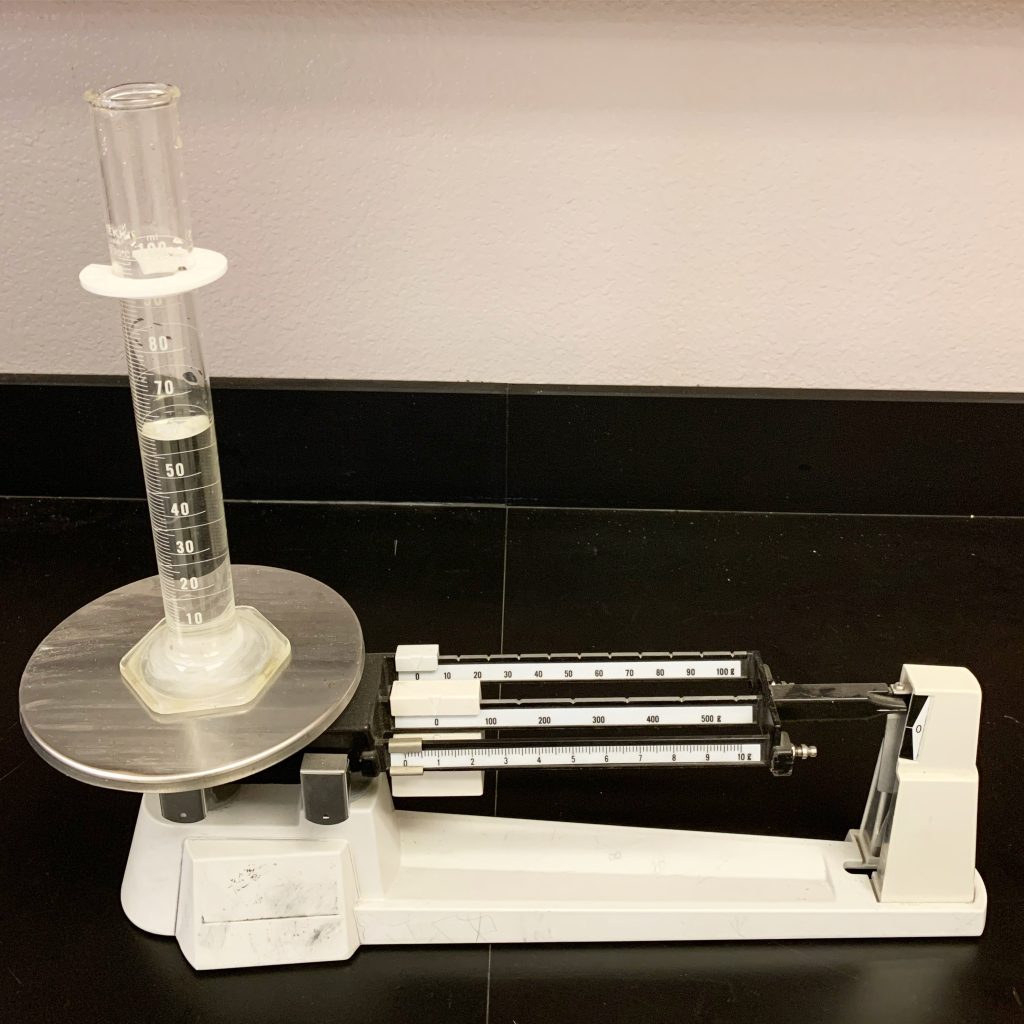
What is the density of water? In this easy lab, students will learn that the density of water is always 1 g/mL. All they have to do is continue filling up a graduated cylinder by adding 10mL at a time, measure the mass, and calculate the density. No matter the volume of the water, it will always end up with a density of 1 g/mL. A lab worksheet can be found in this bundle on my website or on TpT.
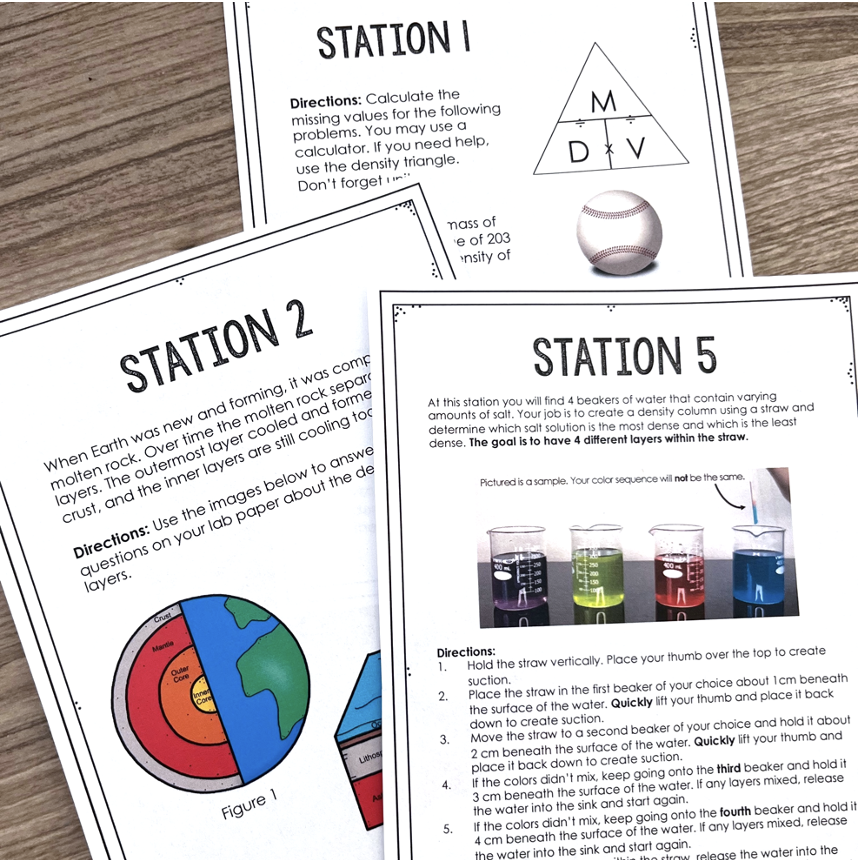
If you are a fan of stations, check out these 10 station activities! Students rotate around the room and complete ten tasks calculating density, doing a mini-experiment, completing reading activities and more. You can see more details and purchase on my website or on TpT.
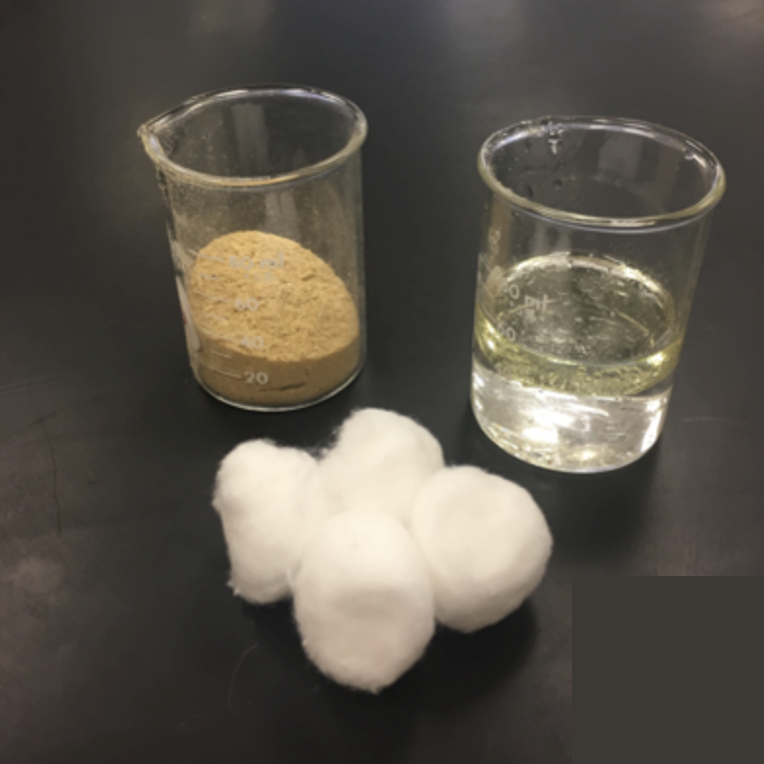
I remember watching the BP oil spill back in 2010 and feeling so heartbroken and helpless. I couldn’t do anything personally to help, but I sure could teach my students about it and help them understand the impact of oil spills on marine life!
In this lab, students try and figure out the best method for absorbing oil off the surface of a beaker of water. I provided a variety of materials for students to choose from, and they had to test which method was most effective. A lesson and lab worksheet can be found in this bundle on my website or on TpT.
Prefer a virtual lab, or need a quick sub plan? PHET has a density simulation that will meet your needs! If you create a free account, you can also download pre-made worksheets that accompany the simulation.
I hope you and your students enjoy one (or more!) of those labs!
Rock on,


